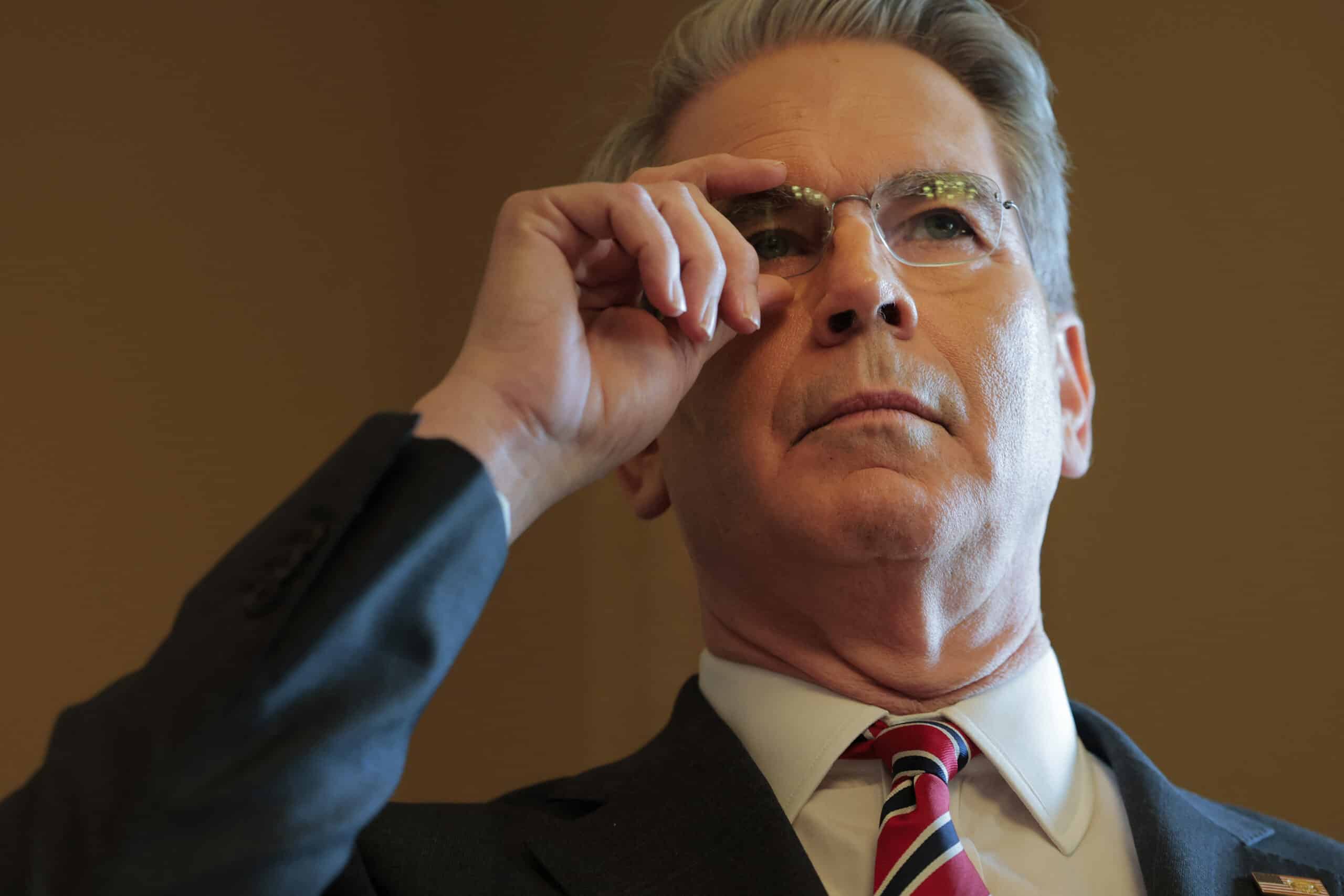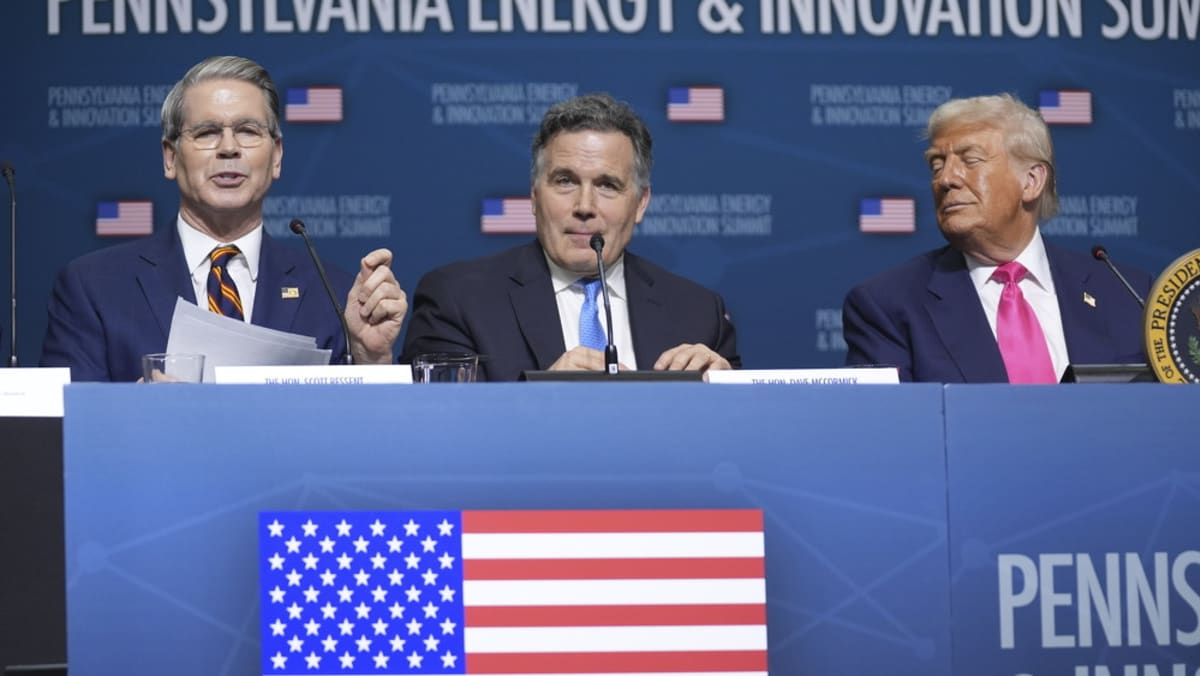In a bold move that could reshape America's economic landscape, U.S. Treasury Secretary Scott Bessent is advocating for an extensive review of the Federal Reserve's operations. Bessent's call to examine the Fed's effectiveness comes amid growing scrutiny of its monetary policy and the institution's role in maintaining financial stability. He has expressed concerns regarding perceived missteps that may have hampered the U.S. economy's growth potential, particularly highlighting issues surrounding
Did You Know
Cows have best friends and can become stressed when separated from them.
?
AD
the Fed's criticism of the administration's tariff policies.
Bessent's critique of the Federal Reserve underscores a crucial argument regarding its independence and its encroachment into non-monetary policy areas. He believes these developments could threaten the institution's core mission and detach it from the realities facing everyday Americans. This call for a deeper evaluation reflects a broader sentiment within the Trump administration, which finds itself at odds with the Fed, particularly regarding monetary decisions that impact the nation’s economic trajectory.
Highlighting the opportunity for transformative change, Bessent posits that America stands on the brink of an economic resurgence akin to the dot-com boom of the 1990s. His appeal for transparency and accountability within the Federal Reserve speaks to a desire for clearer communication about how its operations affect the public. As he pushes for comprehensive reform, many are watching closely to see whether these discussions will lead to significant changes in U.S. monetary policy, potentially redefining the relationship between government and financial institutions.
Q&A (Auto-generated by AI)
What are the Fed's main functions?
The Federal Reserve, often referred to as the Fed, serves three primary functions: conducting monetary policy, supervising and regulating banks, and maintaining financial stability. It aims to manage inflation, maximize employment, and stabilize prices. Through tools like interest rate adjustments and open market operations, the Fed influences the economy's money supply. Additionally, it oversees major banks to ensure a stable banking system and acts as a lender of last resort during financial crises.
How does the Fed influence the economy?
The Federal Reserve influences the economy primarily through monetary policy. By adjusting the federal funds rate, the Fed can make borrowing cheaper or more expensive, which affects consumer spending and business investment. Lower rates typically stimulate economic growth, while higher rates can help control inflation. The Fed also uses quantitative easing and open market operations to inject or withdraw liquidity from the economy, directly impacting financial markets and overall economic activity.
What prompted Bessent's criticism of the Fed?
Scott Bessent's criticism of the Federal Reserve stems from concerns about its effectiveness and independence. He has questioned whether the Fed is fulfilling its core missions related to monetary policy and financial stability. Bessent's call for a comprehensive review reflects a broader frustration within the Trump administration regarding the Fed's perceived overreach into non-monetary policy areas, which he believes could undermine its credibility and effectiveness.
What is the history of the Fed's independence?
The Federal Reserve was established in 1913 to provide the U.S. with a safer and more flexible monetary system. Its independence has evolved over time, particularly during periods of economic crisis, such as the Great Depression and the 2008 financial crisis. While the Fed operates independently from political influence, its decisions are often scrutinized by government officials, particularly during times of economic uncertainty. This tension highlights the ongoing debate about the balance between independence and accountability.
How have past administrations interacted with the Fed?
Past U.S. administrations have had varied interactions with the Federal Reserve, often influenced by economic conditions. For instance, during the Obama administration, the Fed's quantitative easing policies were crucial in responding to the 2008 financial crisis. In contrast, the Trump administration frequently criticized the Fed for its interest rate policies, advocating for lower rates to spur economic growth. This dynamic reflects how political priorities can shape the relationship between the executive branch and the Fed.


















